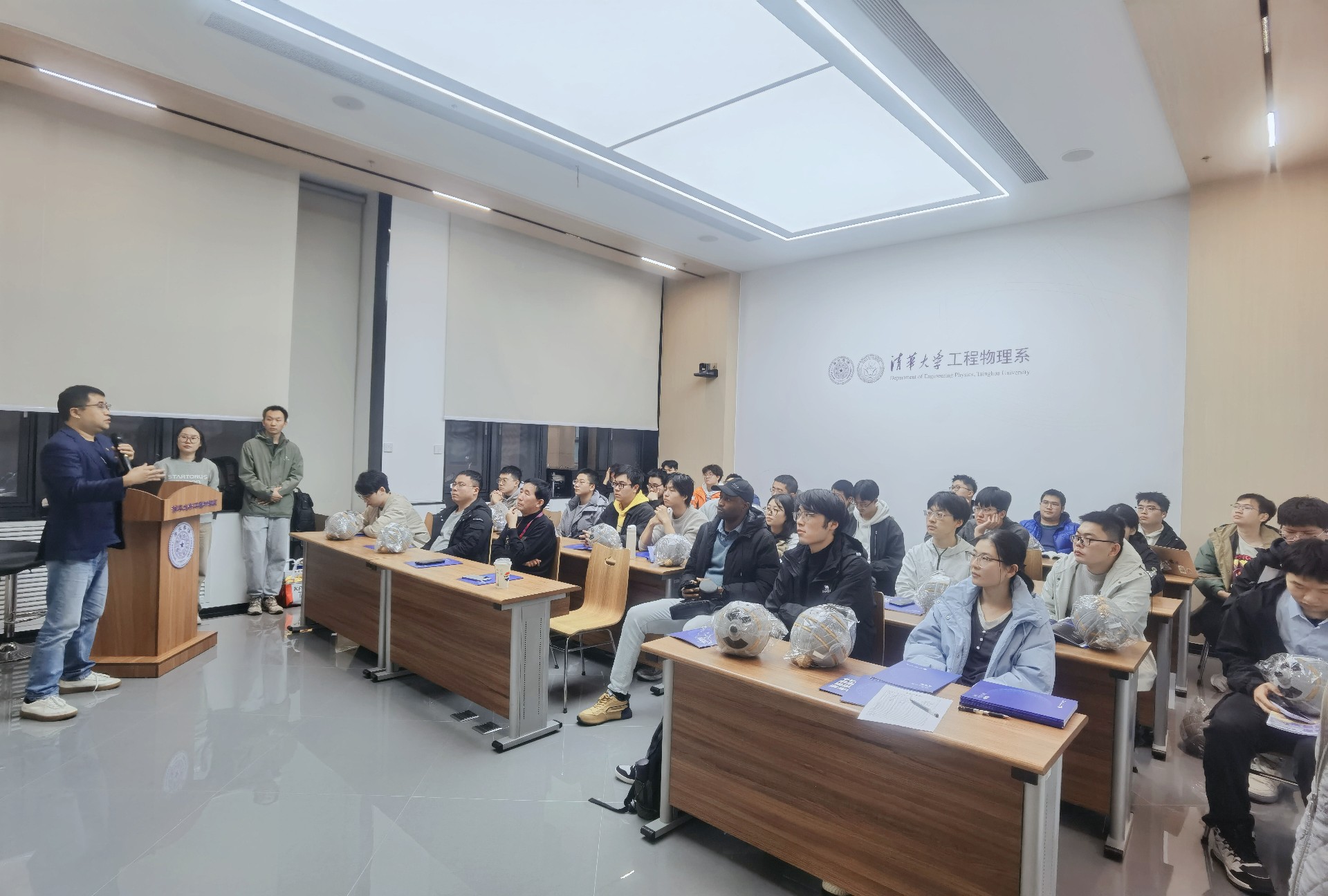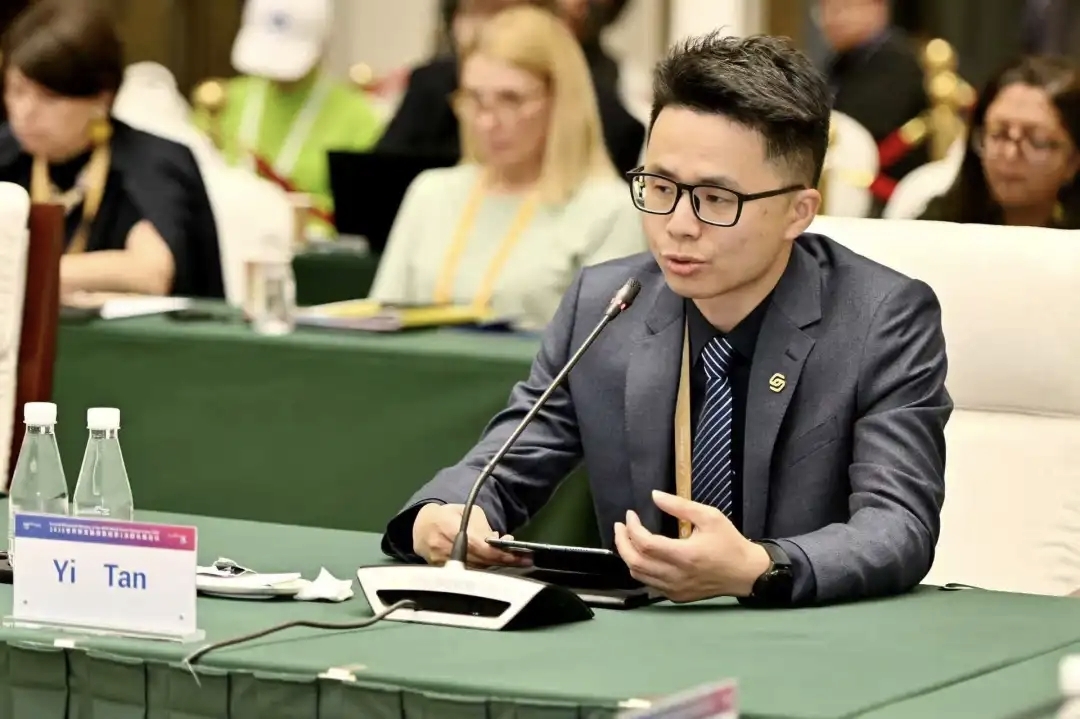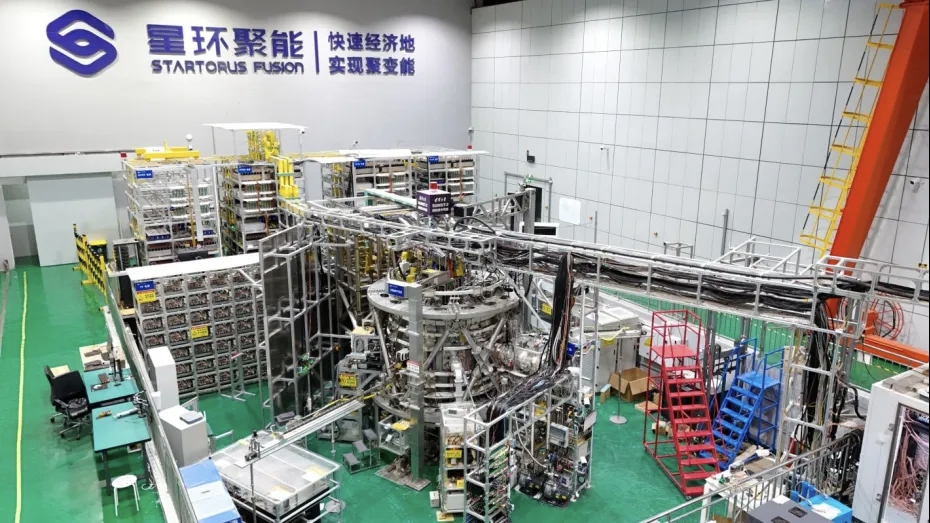The Fusion Industry Association (FIA) has just released the 2024 Global Fusion Industry Report. According to the report, the fusion energy industry continues to grow, and investors remain enthusiastic about this field. There have been significant changes in global government policies regarding fusion energy, with more public funds being directed to private fusion companies. There are at least 45 commercial fusion companies worldwide, with a total financing of $7.1 billion, of which $426 million comes from government and other public funds.

Commercializing fusion increasingly a public-private partnership
As of July this year, public funding for fusion companies has reached a total of $426 million, an increase of more than 50% compared to last year. The increase in government investment not only reflects the growing interest of national governments in the commercialization of fusion but also indicates that more governments are choosing businesses as pilot plants for fusion feasibility.
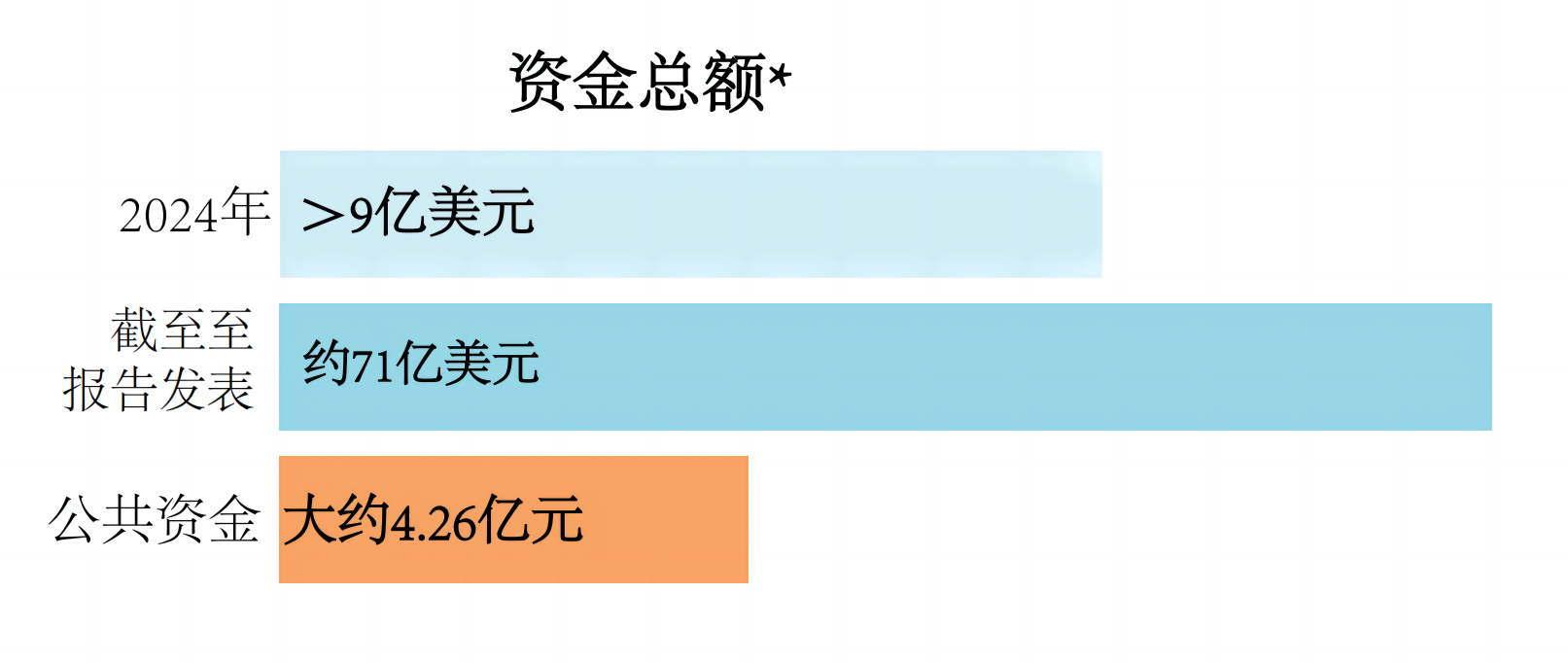
Notable public-private partnerships advanced over the past year include:
Notable public-private partnerships that have moved forward in the last year include: the Milestone-Based Fusion Development Program in the United States, that in June 2024 announced eight companies had signed contracts with the Department of Energy to deliver comprehensive pilot plant designs; the German government’s new “Fusion 2040” program that will invest directly into private companies; the Japanese government’s “Moonshot” program; the British Government’s ambitious new “Fusion Futures” program that invests in the key technology providers; and the European Union’s recent effort to create a consortium that will define how it will invest in private fusion by 2026. Even ITER, the international organization building the world’s largest fusion experiment, has announced its interest in public-private partnerships and its intention to directly share knowledge with private fusion companies.
The FIA report mentions: "There is a narrative of a competition or “race” between private companies and public programs to see which will get there first. As fusion advances towards commercialization, the consistent and growing investment from both private and public sectors, that narrative does not make sense any more: fusion will be commercialized ang innovated more by private companies, while the public programs continue to lead the world with pathbreaking scientific research and enabling technology. The two must support each other.”
Ambitious timelines need ambitious resources
Andrew Holland, Chief Executive Officer of Fusion Industry Association pointed out that, “We have seen the headlines about fusion in the newspapers from the 1960s and ‘70s saying that fusion was just around the corner. Even governments were optimistic, with plans put into place to build power plants. Knowing that those predictions did not come to pass, fusion scientists and energy stakeholders have a right to be cautious about bold timelines. Those delayed timelines can be blamed on two important causes: fusion is hard, but even more importantly, the promised funding for the next steps never emerged. A bold plan without bold resources is bound to fail.”
The rise of a private fusion industry in the last decade provides an antidote to the pessimism of decades past. The entry of funding, and the rise of the private fusion industry, investor-backed companies have shown that there is a path to fusion power on a timeline that is relevant to the world’s energy challenges.
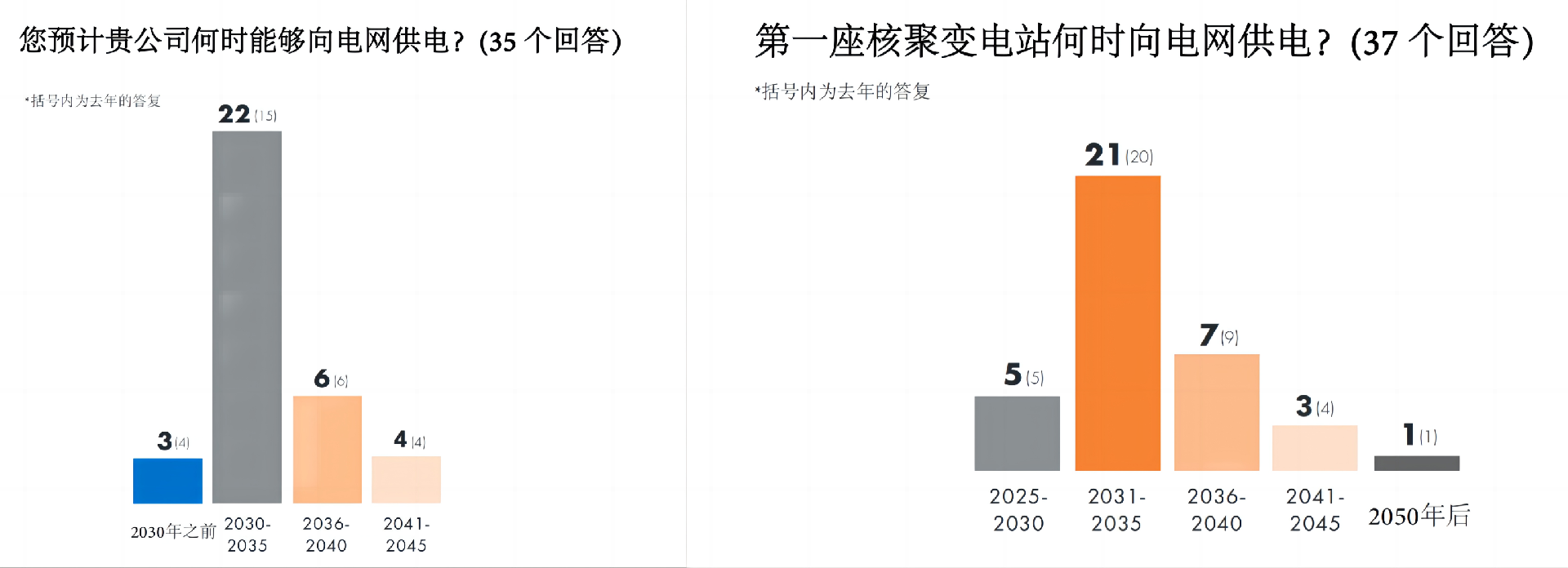
In the annual survey, companies remain steadfast in their predictions to achieve fusion power generation in the 2030s. Most companies aim to achieve fusion power generation between 2030 and 2035. 89% of the companies surveyed expect fusion to supply electricity to the grid by the end of the 2030s, and 70% of the companies say this milestone will be achieved by the end of 2035. Compared to last year, the timeline predictions have remained consistent, indicating that the fusion industry is progressing steadily and methodically.
Skilled fusion workforce grows by 1,000 people year over year
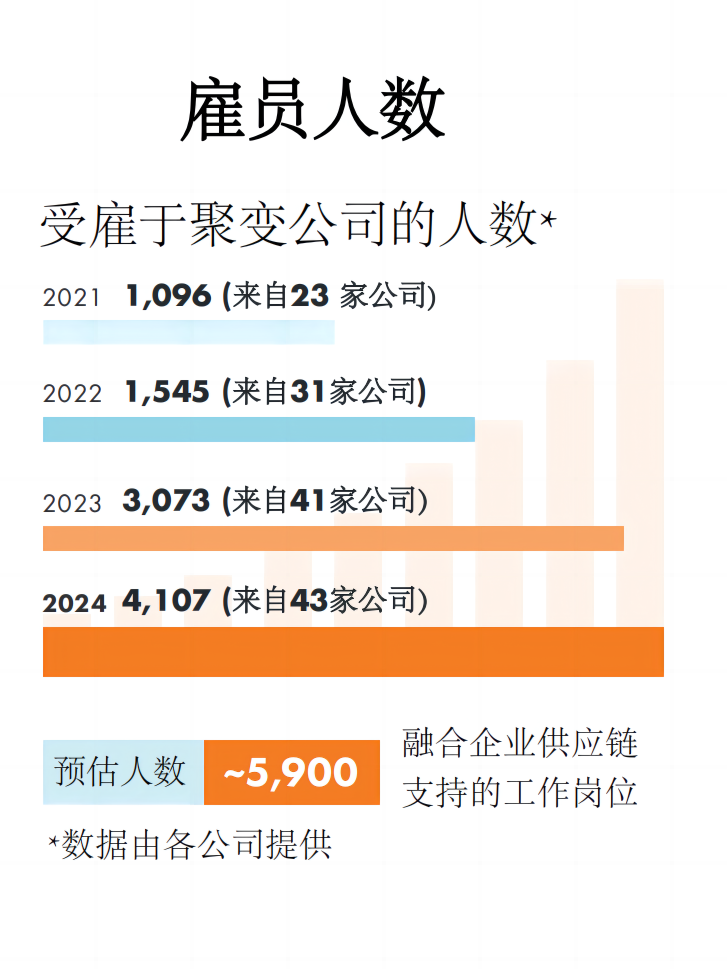
The number of jobs in the fusion energy industry has steadily increased for four consecutive years, growing from 1,096 in 2021 to 4,107 in 2024, with scientists accounting for 25% and engineers accounting for 48%. The steady employment growth also indicates that the fusion industry is not only developing steadily but also can attract and retain talent. The high percentage of technical experts also reflects the difficulty and intensity of research and development work in fusion technology.
Diversification of Controlled Fusion Applications
According to the survey, the target markets for global fusion companies are diverse. In addition to power generation as the main application market for fusion, other application markets include industrial heat, off-grid energy, aerospace and maritime, and medical fields.
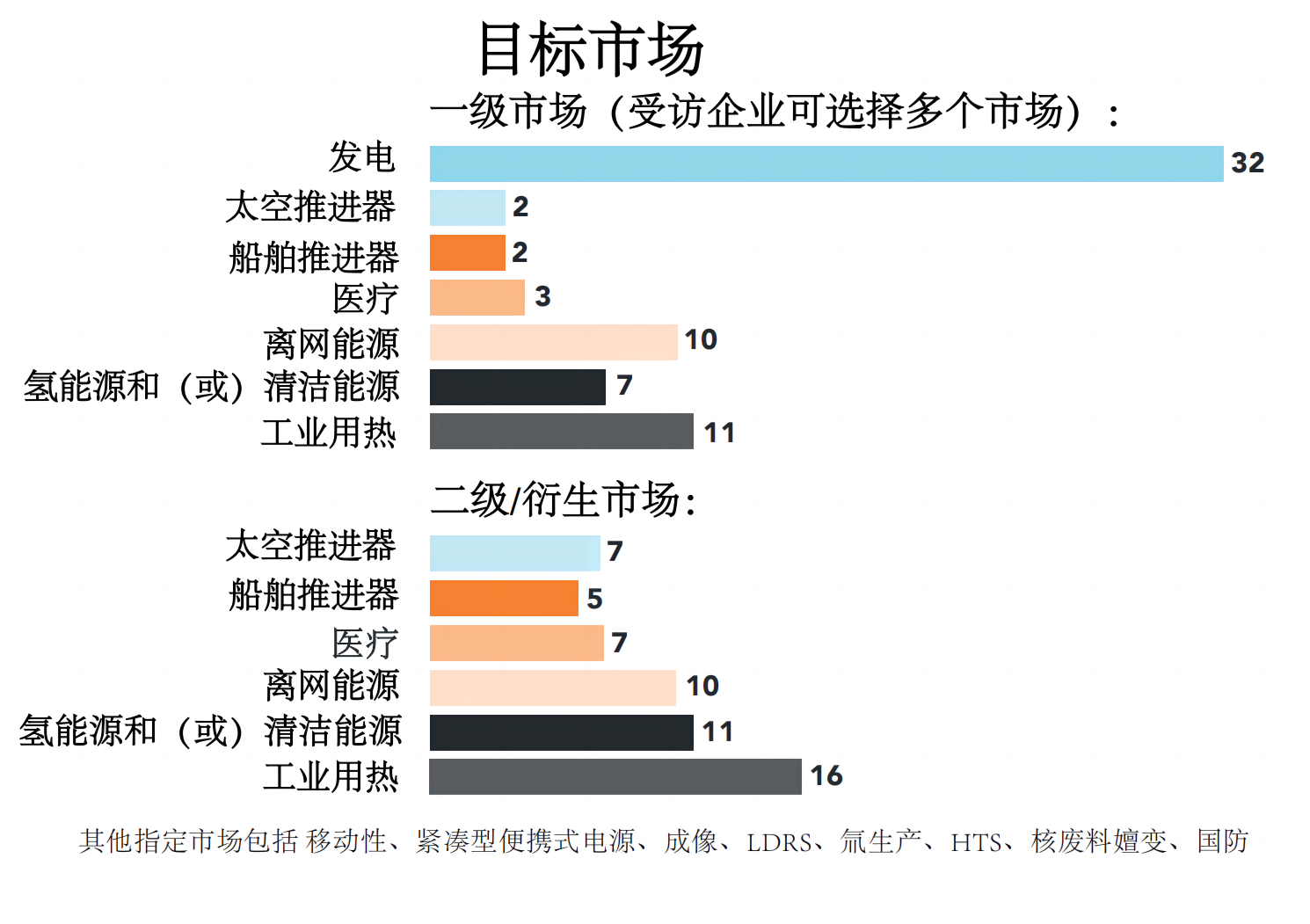
With the current annual increase of $1 billion and an increase of 1,000 people per year in funding and workforce, the fusion industry's goals will be difficult to achieve. The industry needs more resources and manpower to overcome the existing scientific and engineering challenges.
Several companies are already building devices or conducting fusion experiments. Once the results of these experiments are promising, they will help reduce investment risks and unlock a large amount of low-risk capital, bringing more funding to the industry. With the continuous innovation and development of fusion companies supported by both public and private investments, fusion technology will gradually lead humanity towards a sustainable and energy-abundant future.
Startorus Fusion Participates in Industry Survey
As one of the representatives of China's commercial fusion companies, Startorus Fusion was founded in October 2021. The company has over 100 employees and has completed two rounds of institutional market investments. The core members of the team are all graduates of the Department of Engineering Physics at Tsinghua University and have been engaged in controlled fusion research for nearly 20 years. In July 2023, Startorus Fusion, together with Tsinghua University, built the SUNIST-2 spherical tokamak and quickly enhanced its performance to rank first domestically and third globally in the field of spherical tokamaks. Startorus Fusion has successfully achieved stable operation of repetitive reconnection heating and developed a prototype of a D-type high-temperature superconducting magnet, with a maximum field strength of 18 T. The design of the next-generation device, CTRFR-1, is nearing completion.
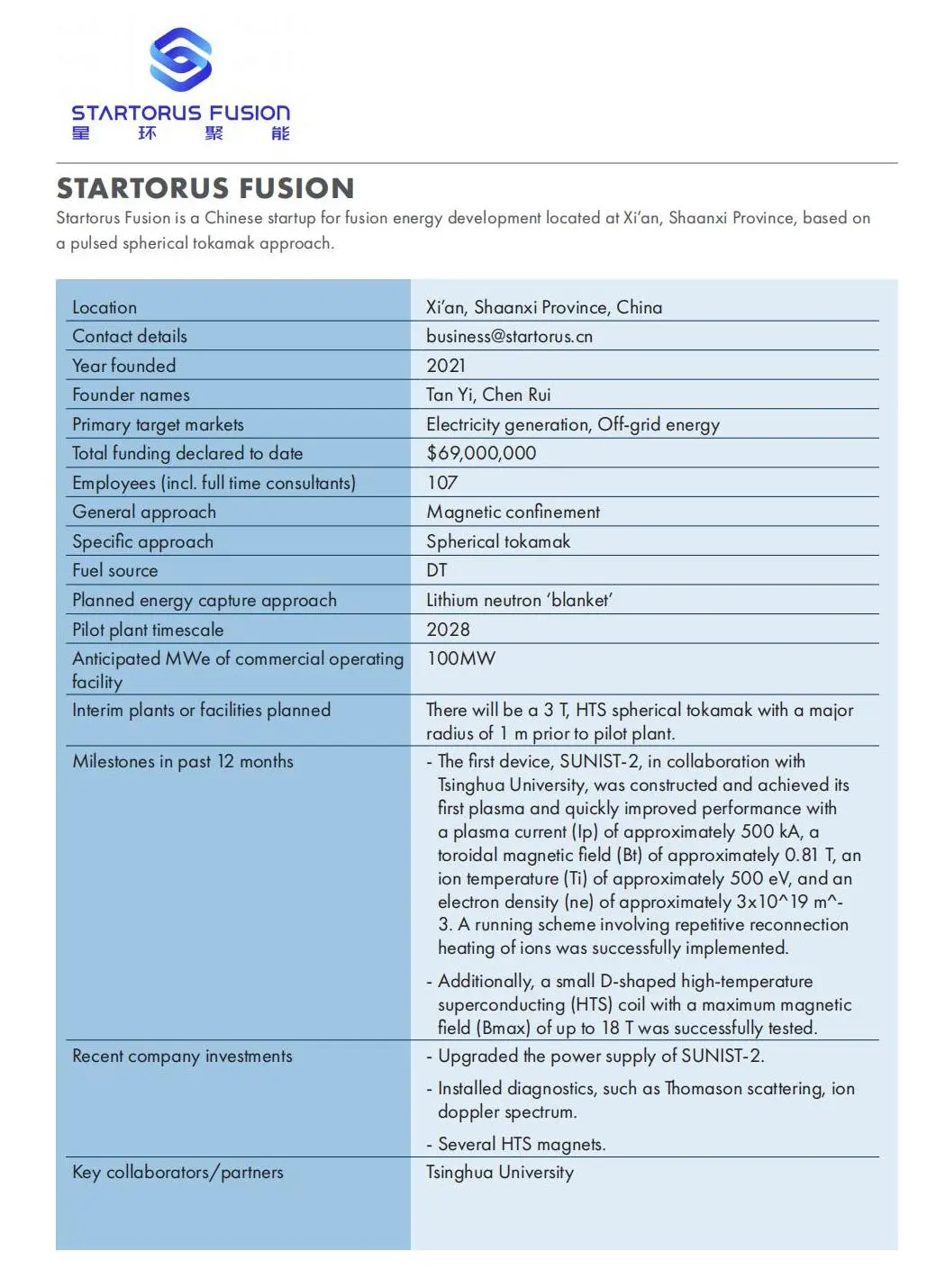
Source of content:
https://www.fusionindustryassociation.org/wp-content/uploads/2024/07/2024-annual-global-fusion-industry-report.pdf


